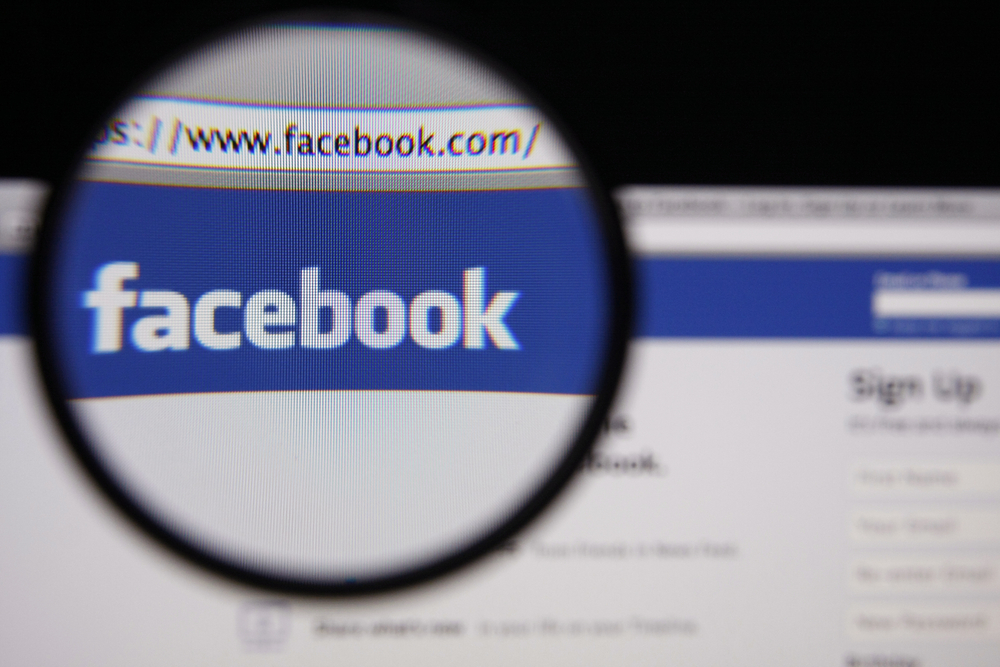Breaking
Rainbow Facebook photos: Armchair activism or shifting tide?
NEW YORK — You may have noticed your Facebook friends getting considerably more colorful.
More than 26 million Facebook profile photos have taken on a rainbow hue in the days since the U.S. Supreme Court ruled on Friday that marriage is a right guaranteed under the Constitution regardless of a person’s sexual orientation.
People have been covering their profile photos with the Facebook-supplied overlay that uses the best-known symbol of the lesbian, gay, bisexual and transgender rights movement: the rainbow.
Call it armchair activism. Call it a mark of a shifting tide in public opinion. The rainbows are the latest sign of the important place social media has taken in our lives, when it comes to self-expression, politics and privacy.
Rainbow-tinted celebrities have popped up all around, and not just Facebook CEO Mark Zuckerberg. Arnold Schwarzenegger, Leonardo DiCaprio and “Fifty Shades of Grey” author E.L. James are among those that have used the filter.
Leslie Gabel-Brett, director of education and public affairs at Lambda Legal, a national nonprofit that focuses on legal issues affecting the LGBT community, said the overlay is “fun” and “effective.” But she said it’s also important for people know there are other ways to show support.
“There’s more to be done from voting, making donations, to speaking to your families, neighbors and coworkers,” she said.
While the people who’ve used the overlay is a fraction of Facebook’s 1.4 billion users worldwide, the number is far bigger than the last mass profile photo change on the site. In 2013, some 3 million Facebook users changed their photos to show a pink-on-red equal sign in support of gay marriage. Four years earlier, in what might have been the first large-scale profile-photo activism, Twitter users turned their photo green to support pro-democracy protesters in Iran.
Michelle Zubiate Ferchaw, a mother of two who lives in Anaheim Hills, California, found out about the Supreme Court decision on Facebook, she “cried tears of relief and of joy.” Many of her “equally joyous” Facebook friends were turning rainbow, so she did the same.
“It was a great opportunity to join the celebration,” she wrote in a Facebook message.
To get the Facebook-suppled filter, users click on someone else’s rainbow picture. Or they go to the “Celebrate Pride” page Facebook set up.
The rainbows didn’t come without controversy. Not long after the rainbows appeared, so did questions about whether Facebook was tracking people who changed their photos and what it was going to do with the information. Facebook quickly shot those down.
“We haven’t experimented with anything, and other than counting how people used it, we aren’t using the data for anything else,” wrote Alex Schultz, a vice president at Facebook, in a post.
Facebook also said it is not using the filters for ad targeting nor does it plan to do so.
Facebook said the fact that the filter popped up on the same day as the Supreme Court decision was not planned any more than the Supreme Court planned to issue its ruling the Friday before gay pride parades in San Francisco, New York and elsewhere.
The filter was created last week by two Facebook summer interns, Austin Freel, 21, and Scott Buckfelder, 33. They said they wanted to help other Facebook employees “show their spirit” for Pride Week, which fell on the last week of June in the San Francisco Bay Area.
The filter was popular among employees, so Facebook rolled it out to regular users.
Since then, others also have turned to rainbow as well. Ride-hailing app Uber, for example, added tiny rainbows to the cars on its map. And on Wednesday, Beyonce posted a video of herself dancing in various rainbow-colored outfits with the hashtag “lovewins.”
Counter-filters also have popped up, with some users in Russia overlaying their profiles with the country’s flag instead of a rainbow. In the U.S., the website Right Wing News created a tool that lets people place a filter of the American flag over their profile photos.






















